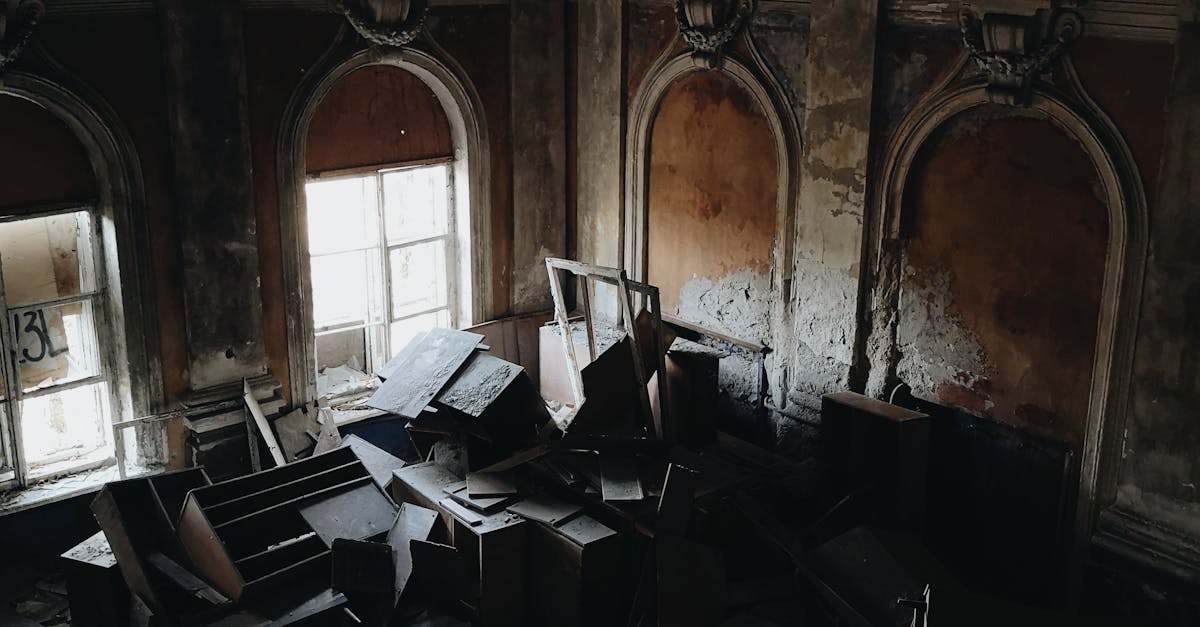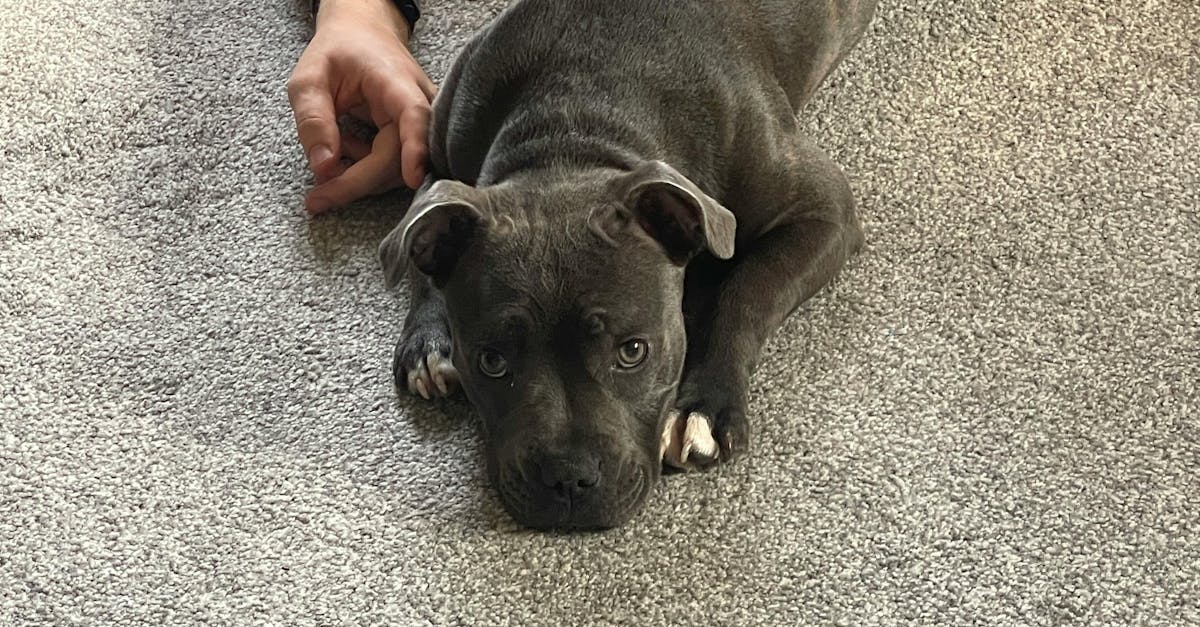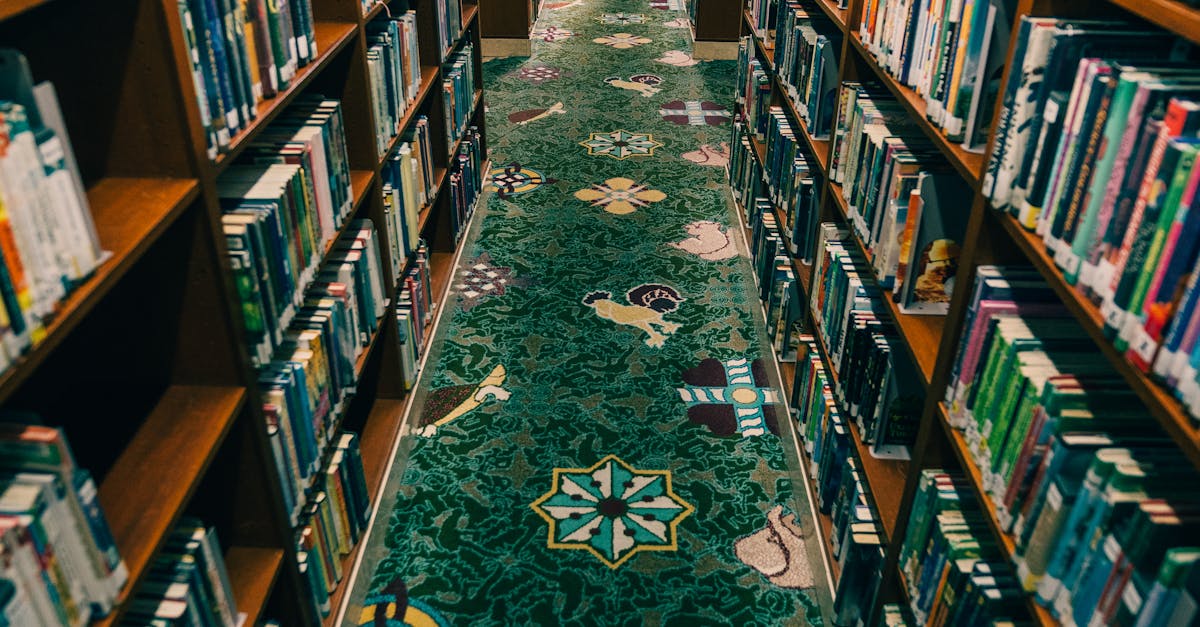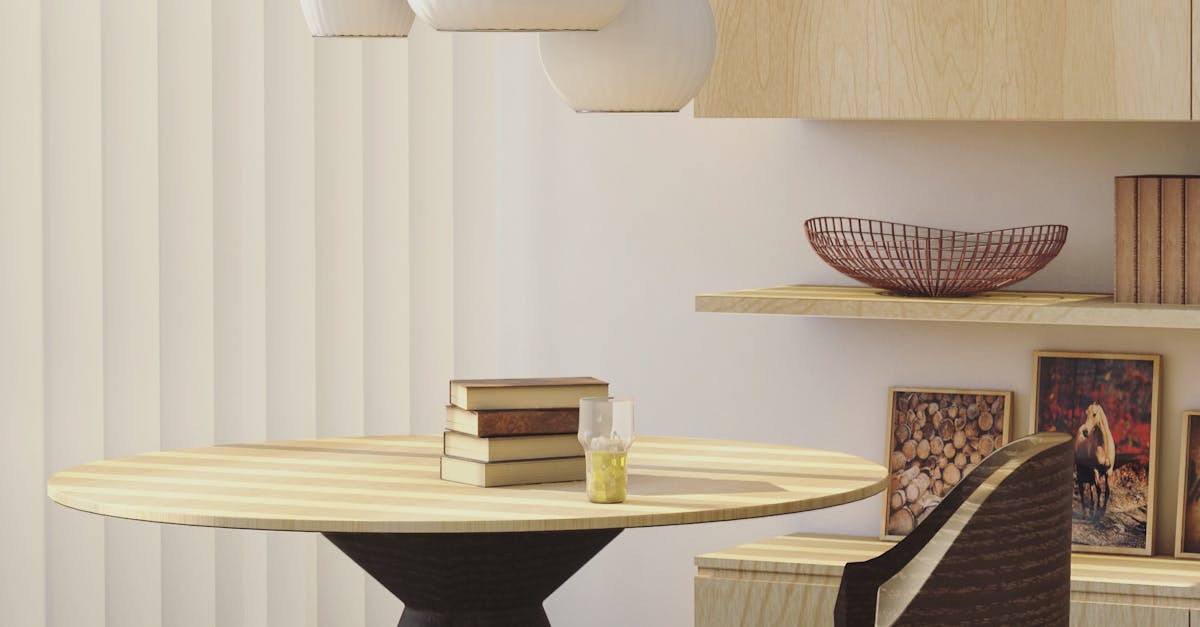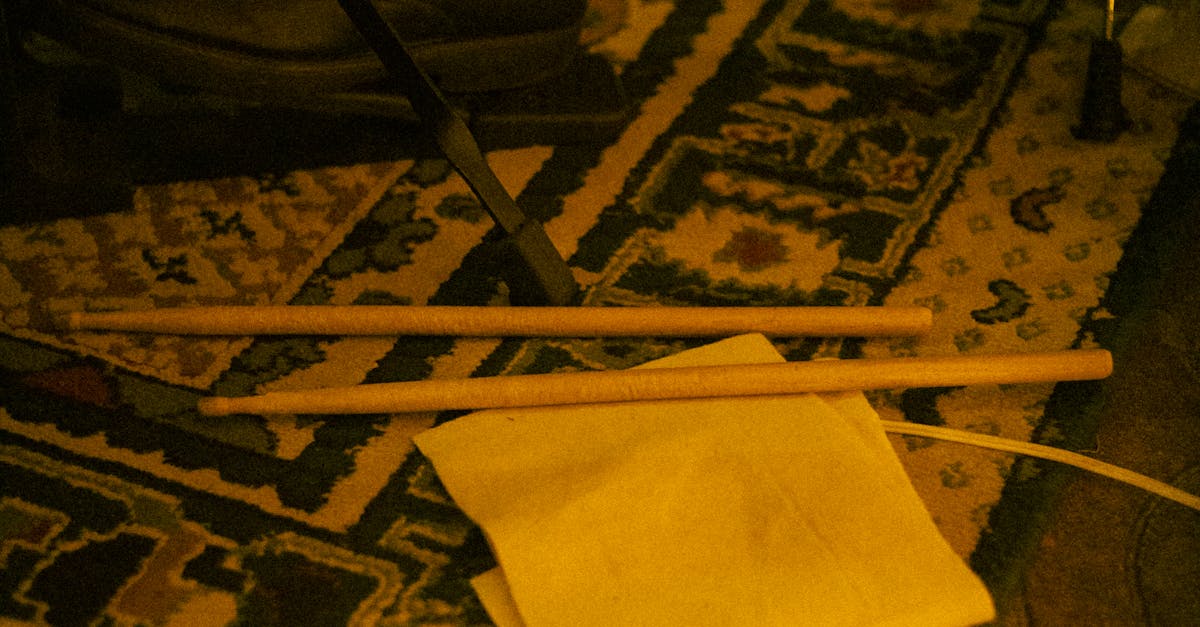
Table Of Contents
Cleaning the subfloor after carpet removal
After completing the Carpet Removal process, the subfloor must be thoroughly cleaned to ensure a smooth surface for any new flooring installation. The first step in this post-removal process is to vacuum and sweep the subfloor. This will help eliminate any debris, dust, or small particles that may have accumulated during the carpet removal. It is essential to pay attention to corners and edges where dirt can easily hide.
Following the vacuuming and sweeping, it is important to address any remaining residue or adhesive on the subfloor. A scraper tool can be used to gently remove any adhesive that may have been left behind from the old carpet. Taking the time to meticulously clean the subfloor after carpet removal will not only ensure better adhesion for the new flooring but also create a healthier indoor environment by removing potential allergens and dirt build-up.
Vacuum and sweep the subfloor
Vacuuming and sweeping the subfloor are essential steps in the process of carpet removal. Once the old carpet has been pulled up and disposed of, it is crucial to thoroughly clean the subfloor to remove any dirt, dust, or debris that may have accumulated over time. By vacuuming and sweeping the subfloor, you create a clean surface for any further steps, such as addressing subfloor issues or installing new flooring.
To effectively vacuum and sweep the subfloor after carpet removal, start by running a vacuum cleaner over the entire area to pick up loose particles and dust. Be sure to pay attention to the edges and corners where debris may have collected. Following this, use a broom to sweep the subfloor, ensuring that you reach all the nooks and crannies to achieve a clean and debris-free surface. By taking the time to thoroughly clean the subfloor, you are setting the stage for a successful renovation or flooring replacement project following the carpet removal.
Disposing of the old carpet
When tackling the task of disposing of old carpet, the first step is to carefully roll up the carpet. Start at one end and ensure it is rolled tightly to make handling and transportation more manageable. Once rolled, secure the carpet with sturdy tape to prevent it from unraveling during removal.
After the Carpet Removal process has been completed, it is crucial to make arrangements for proper disposal. Check with local waste management services or recycling centers to determine the best method for getting rid of the old carpet. Some facilities may offer recycling options for used carpet, providing an environmentally friendly solution for disposal.
Roll up the carpet and secure with tape
Roll up the carpet is the initial step in the process of Carpet Removal. Start by loosening one corner of the carpet and gently pulling it away from the tack strips along the edges. Once there is enough space to grip, begin rolling the carpet tightly towards the other end. While rolling, ensure to keep the carpet straight to prevent wrinkles or creases.
After the carpet is successfully rolled up, secure it with strong tape to maintain its compact form for easy disposal. Use heavy-duty packaging tape or duct tape to securely bind the carpet roll. Wrapping the tape around the roll at various intervals will prevent it from unraveling during transportation or storage. This step is essential in preparing the old carpet for disposal and keeping it manageable as you proceed with addressing any remaining subfloor issues.
Addressing any subfloor issues
Addressing any subfloor issues post-Carpet Removal is crucial to ensuring a seamless transition to a new flooring surface. One common subfloor problem that may arise is squeaks, which can be caused by loose floorboards rubbing against each other. To fix this issue, identify the source of the squeak by walking on different areas of the subfloor. Once located, secure the loose boards by driving screws at an angle into the floor joists. This method helps to tighten the subfloor structure and eliminate the annoying noise.
Another subfloor issue that might need attention after Carpet Removal is damage from previous water exposure. If the subfloor shows signs of water damage, such as warping or discoloration, it is essential to address this before installing new flooring. Use a moisture meter to assess the extent of the damage and replace any affected subfloor sections. Additionally, inspect for mold growth as damp subfloors can be a breeding ground for harmful mold spores. Applying a mold inhibitor after replacing damaged areas can help prevent future growth and ensure a healthy environment in your living space.
Repairing squeaks or damages
When addressing squeaks or damages in the subfloor after Carpet Removal, it is crucial to thoroughly inspect the affected areas before proceeding with any repairs. Squeaks can often be caused by loose subflooring or joists rubbing together, while damages may range from minor scratches to more significant structural issues. To fix squeaks, consider using specialized screws to secure the subfloor to the joists tightly. For damages, apply wood putty to fill in small holes or cracks, and replace any severely compromised sections of the subfloor.
After identifying and addressing squeaks and damages in the subfloor post Carpet Removal, it is advisable to allow sufficient time for any repairs to set and dry completely before installing new flooring. This resting period ensures that the subfloor is stable and secure, providing a solid foundation for the subsequent flooring materials. By taking the time to repair any subfloor issues properly, you can prevent future problems and ensure a smooth and durable surface for your new carpet or other flooring options.
FAQS
How do I prepare the subfloor after removing the old carpet?
To prepare the subfloor after removing the old carpet, start by vacuuming and sweeping it to remove any dust or debris.
What is the best way to dispose of the old carpet?
The best way to dispose of old carpet is to roll it up tightly and secure it with tape before contacting your local waste management services for proper disposal instructions.
Should I address any issues with the subfloor after removing the old carpet?
Yes, it is recommended to address any issues with the subfloor after removing the old carpet, such as repairing squeaks or damages to ensure a smooth surface for new flooring installation.
Can I reuse or recycle the old carpet?
Depending on the condition of the old carpet, you may be able to reuse or recycle it. Contact local recycling facilities to inquire about carpet recycling options in your area.
Is it necessary to wear protective gear when removing old carpet?
Yes, it is advisable to wear protective gear such as gloves and a dust mask when removing old carpet to protect yourself from dust, dirt, and potential allergens.
